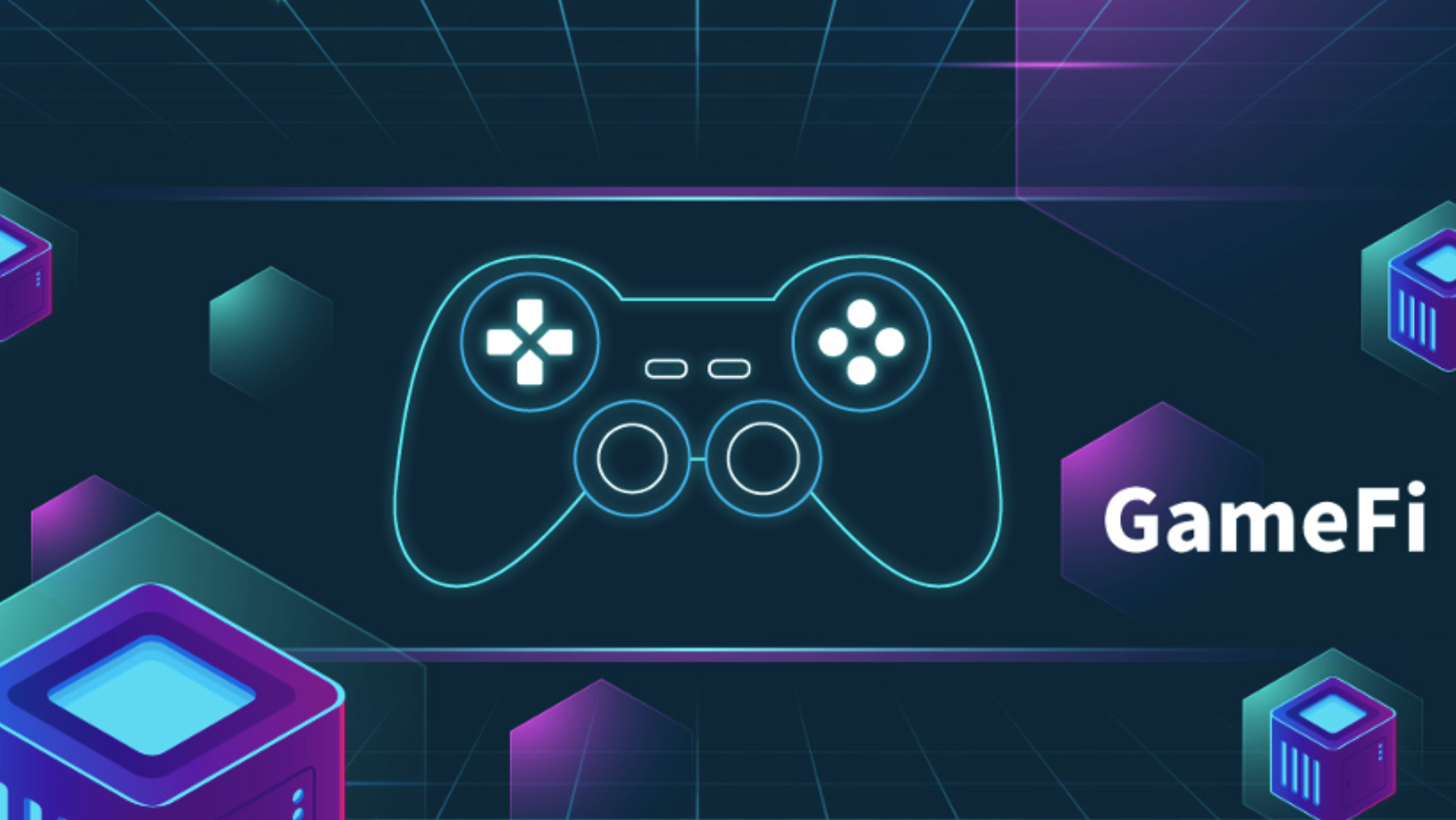Web3 gaming on messaging apps Many people’s initial thoughts of Web3 games revolve around blockchains, wallets, and tokens. However, Quinn Kwon, Head of Web3 Gaming at Delabs Games, understands personally that technology, by itself, does not win players. After decades in the gaming industry, he believes the key to success lies in the way experiences are presented. Messenger apps are starting to show an extraordinary ability to close that divide right now.
Apps like LINE and Telegram have evolved significantly throughout Asia, far surpassing their initial chat capabilities. These venues are becoming complete gaming environments. Thanks to technologies like Kaia’s MiniDapp technology, developers now have a more direct and easily accessible means to reach gamers where they are already present.
Delabs Games have welcomed this change. The company debuted Boxing Star X on LINE and Telegram earlier this year. They also published a baseball-style game on Telegram called GigaChadBat late last year. Internal company data and broader industry trends suggest that messenger-based gaming is only the beginning.
LINE’s Blockchain Gaming Boom
From Japan to Taiwan to Thailand, LINE is a household name everywhere. It’s a spot for sharing, talking, and—nowadays—gaming. Users of Kaia’s ecosystem can play blockchain-powered games immediately within the app. Downloads, wallet configurations, or any of the typical obstacles that have dogged Web3 onboarding are not necessary.
This method is producing observable, quick effects. In one week, Boxing Star X drew more than half a million viewers. Spending more than 1.4 million $KAIA tokens, players averaged 1,200 $KAIA per paying user. The frequency with which individuals participated—an average of 25 in-game transactions each—tells much more. Messenger-based systems are generating significant user involvement and spending patterns, far exceeding those typically exhibited by early-stage blockchain games.
One of the main challenges GameFi faces has always been onboarding. Before they ever start, wallet installations, gas prices, and complicated interfaces usually discourage novice gamers. That’s the reason services like LINE and Telegram have such potency. Anyone can start with a basic tap and enjoy the flawless gaming experience they provide.

The recent expansion of Telegram in the Web3 domain shows the value of simplicity. Supported by its 950 million user base and TON blockchain integration, 21 percent of new Web3 game debuts in 2024 alone happened on Telegram. Notcoin and Hamster Kombat acquired viral success not because of profound graphics or deep lore, but rather because users could tap, earn, and enjoy. The formula is effective and is quickly gaining traction.
Although tap-to-earn games typically have a short lifespan, the mid-core sector is where they are evolving, incorporating elements such as personalisation, striking a balance between competitiveness and pettiness, thereby balancing accessibility and depth.
Delabs is following this pattern with Boxing Star, the following one, and Ragnovideo Libre. These games provide players with something to do, rather than just competing for tokens. Early facts. Approximately this approach. Approximately 10% of users for Delabs’ mid-core games are exhibiting heavy spending, displaying steady transaction activity that supports a robust in-game economy.
This closer degree of ishif tment represents a change in the search for what today’s gamers have. It’s about immersive events and significant investment, not just short-term gains.
Web3 Gaming on Messaging Platforms
A centre of messenger-based Web3 gaming, Asia is such a thing. Platforms, including LINE, offer a way for creators to quickly reach hundreds of people across Japan, Korea, and Southeast Asia. Kaia is ideal for fast-paced gameplay, thanks to its minimal fees and one-second block time. Features like account abstraction eliminate the need for users to understand blockchain technology before starting to play. KakaoTalk remains the most popular in South Korea, providing developers with another effective means of dissemination.
Telegram is also gaining traction in developing nations, such as Africa, South America, and Southeast Asia. Its HTML5 game support enables blockchain to connect, allowing developers to release Web3 games and reach gamers with minimal disruption, swiftly. Telegram’s nine main teams already had more than 3 million active wallets by September 2024, indicating that these platforms are not only gaining popularity but also transforming the gaming scene.
Delabs Bets on Messenger Gaming
For Delabs Games, this move toward messenger-based gaming marks the future rather than only a trend. The startup is dedicated to investigating what is feasible when blockchain-powered games collide with flawless delivery systems like LINE and Telegram.
More mid-core games, especially those designed for these environments, are part of their roadmap. While upcosuch as industry products, like Frog Defence, Elder, G, Lade, and Goblin, Tycoon add momentum to the space, games like Ragnarok Libre will likely follow the success of Boxing Star X and GigaChadBat.
Web3 Gaming Meets Messaging
Messenger apps like LINE and Telegram are ushering in a simpler era of Web3 gaming, matching gamers where they currently are. Not only in Asia but also around the world, the mix of accessibility, ownership, and actual value is proving to be transforming. What we are observing is not a passing flash. Games are disseminated, played, and monetised in the Web3 age fundamentally differently.

